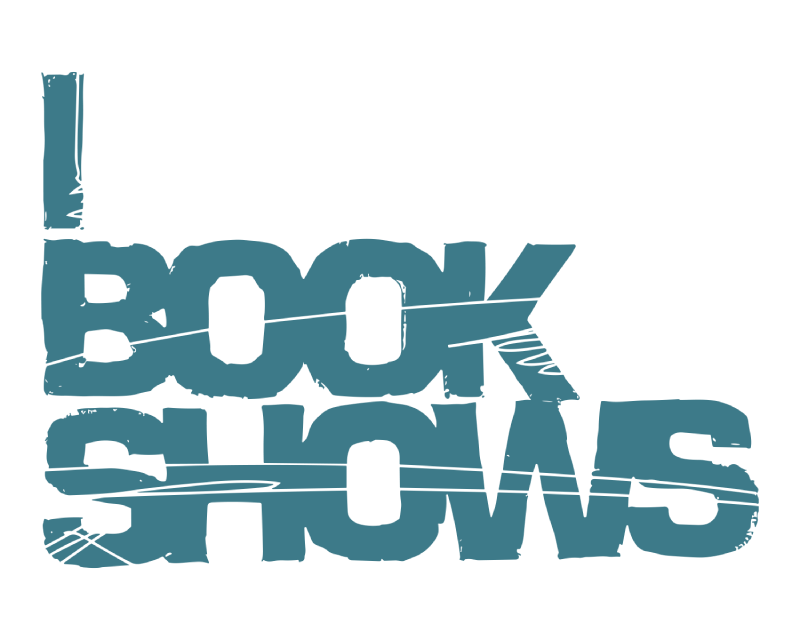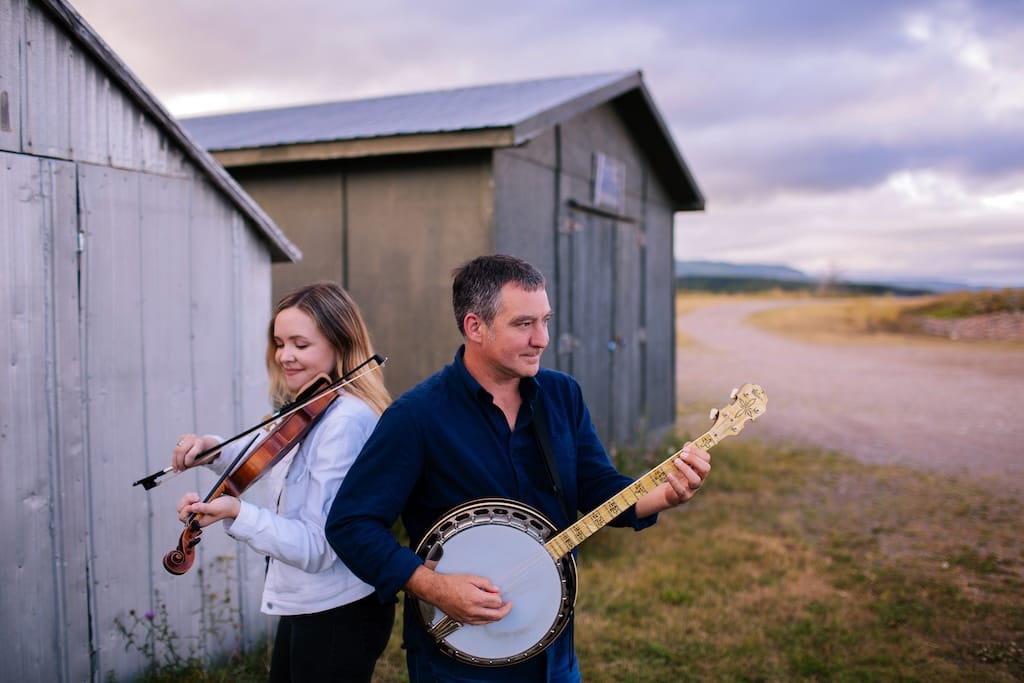Morgan Toney

- Celtic, Mi'kmaq
Music’s an almost alchemical force to Canadian Mi’kmaq fiddler and singer Morgan Toney. From the first time he really heard music, sitting on the floor of his great-uncle’s house transfixed by a DVD of Phil Collins, to 2022 where he’s one of the most in-demand young fiddlers and singers in Atlantic Canada, was nominated for three East Coast Canadian Music Awards, and his debut album, First Flight, is being reissued by Indigenous record label Ishkode Records. In just a short amount of time, Toney’s been able to invigorate both the Atlantic music communities and Mi’kmaq communities by bringing together the fiery fiddling of Cape Breton Island with the old songs of the Mi’kmaq, some dating back up to 500 years. He calls this fusion Mi’kmaltic (Mi’kmaq + Celtic) and it’s his way of celebrating his language and heritage. He’s honoring the elders who’ve taught him the songs and the language, and he’s taking his place on the front lines of Eastern Canada’s cultural divide.
On First Flight, to be reissued March 25, 2022, Toney sings songs so old that modern Mi’kmaq speakers struggle to understand the lyrics, but he also sings songs meant to reflect the turmoil of our current times, shining a hard light on the racism and violence forced on First Nations populations in Canada today. With family members who were sent to residential schools and had to relearn their language later at home, Toney’s interest in the language is very personal. “Some people don’t understand us,” Toney says. “They don’t understand what we’ve been through, and we need to tell the story.” But never one to focus on the negative, Toney’s goal is to push for positive action and change through music. “We wanted to say something in the way that we know how, through music.”
Though Toney’s fiddling has been celebrated across Canada, including special appearances with Ashley MacIsaac, Jimmy Rankin, and more, it might make sense that his first instrument was the drum. Just a kid in his great-uncle’s house, Phil Collins’ drumming sparked something inside him. Later at home with that DVD, Toney pulled the pots and pans out of the cupboard to play along and never really stopped. Though he was born in We’koqma’q First Nation on Cape Breton Island, Toney credits the move when he was a teenager to Wagmatcook with the start of his musical and spiritual interests. At a school that featured smudging ceremonies, prayers in Mi’kmaq, and the Mi’kmaq honour song, Toney was surrounded by the culture. From the drumset, he moved to the First Nations drum, learning the songs from elders directly in talking circles. An example of Mi’kmaq governance, the talking circles are often led by elders, with whoever is holding a feather given enough space to speak, tell stories, or sing. “It gives everyone a chance to say what they have to say in a respectful manner,” Toney explains. “In every talking circle I’ve been to there’s always a song. It’s either a song I know that I can sing or a new song I hadn’t heard before. I never walked away from the talking circle without learning that new song.”
A chance encounter at the Baddeck restaurant where Toney was working at the time introduced Toney to Cape Breton artist and producer Keith Mullins. The two bonded quickly over music and have been inseparable ever since, operating as musical partners and pushing each other to craft bigger arrangements and to try bigger ideas. Mullins heard Toney sing the Mi’kaw song “Ko’jua” and knew he had to record it. The Ko’jua is a song family from deep in Mi’kmaq tradition, dating back 500 years or more. Inspired by the unusual example of local fiddler Vincent Joe who had learned the Mi’kmaq Honour Song on the fiddle, Toney figured he could do the same thing with the more difficult Ko’jua song. “There are two worlds of Mi’kmaq music,” Toney explains, “song and fiddle. They had never come together before. People knew of each, but never had I ever seen a collaboration between Celtic and Mi’kmaq culture before. It was either play Mi’kmaq songs with a drum or record a Cape Breton fiddle album. I knew I could sing, but me and Keith really had to think how we could give something out to the world that was different and made sense at the same time. We did that, we blended the two together and it’s been crazy. It’s like an explosion. It’s so fresh, but also familiar, and people can connect with it on a personal level.’ Now Toney’s shows are full of both Mi’kmaq and Cape Bretoners reveling in a shared culture, and he’s created a new sound that bridges two worlds, drawing a sense of pure love from both.
Toney’s debut album First Flight showcases this unique combination, both in the way he transforms traditional songs like the Ko’jua and the Mi’kmaq Honour Song, but also for the new songs he’s creating. “Msit No’kmaq” was written partially in Mi’kmaq and features a fiddle break from the great Cape Breton fiddler Ashley MacIsaac. “Kwana Li” is a traditional Mi’kmaq song that Toney added new English lyrics to and “For the Elders” is a newly composed waltz from Toney. One of the most powerful songs on the album, “The Colour Red,” which Toney wrote with Mullins, directly addresses the scourge of missing and murdered Indigenous women throughout Canada. At a time in Eastern Canada where the Mi’kmaq are subjected to demonstrations and violent attacks, Toney’s unflinching in his desire to stand up against racism. “We all have to be on the same page and we have to work together,” Toney says. “Those times of racism and discrimination, there’s no place in the world for that. Not just Mi’kmaq but anyone.”
With all the accolades and attention he’s been receiving recently, it’s easy to forget that Morgan Toney is so new to the music, having only played the fiddle for a few years. But there’s something deeper at work here. When he brought his fiddle back to the same great-uncle whose Phil Collins DVD first inspired him, Toney’s relative let him know that Toney actually comes from a long line of fiddlers. His great-grandfather and three other great-uncles were all Mi’kmaq fiddlers of renown in the community. In a sense, Toney’s coming back full circle. And circles are something he understands. “We are living in circles,” he says. “The earth is a circle. The drum is a circle, how we move around is a circle, how we greet each other. The talking circle is huge.”




